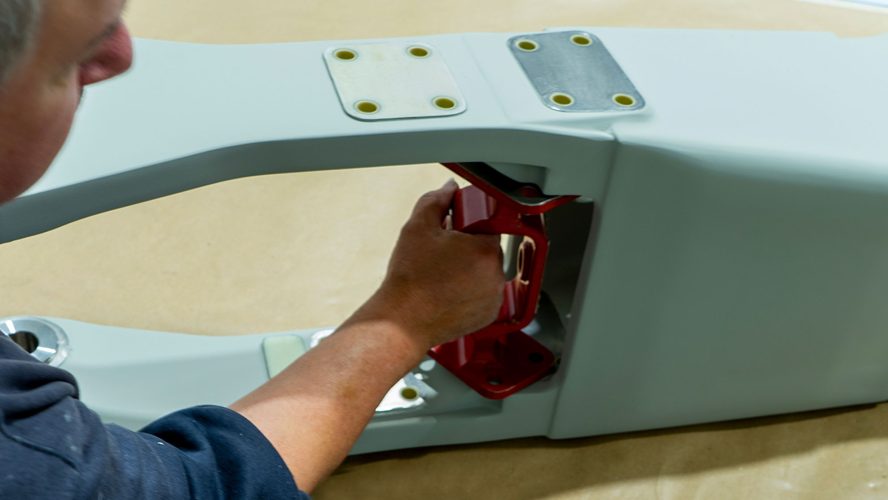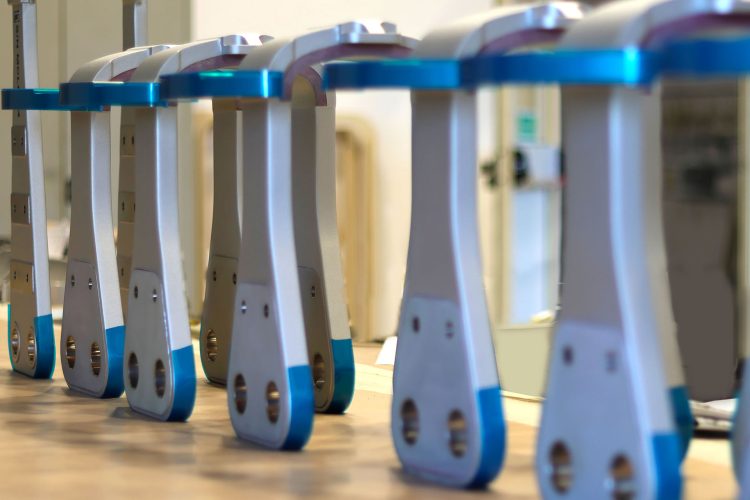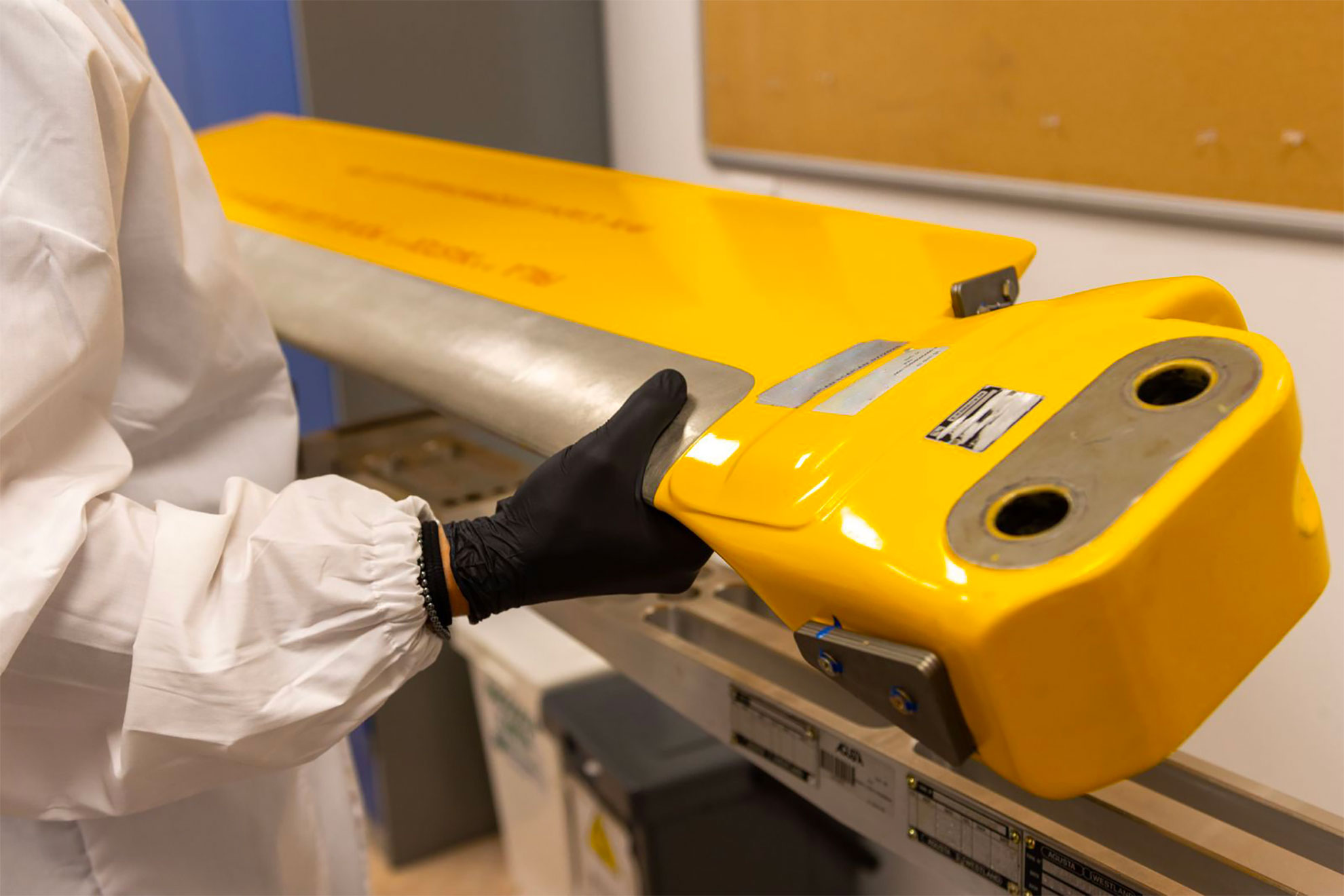Galver Ltd. has been in the painting business since 1999 as an Agusta Westland supplier for painting helicopter parts and segments.
From the experience gained and in-depth knowledge of the details, comes the approach to the painting activity, as a special process governed by predefined timelines and controls.
The company is able to elaborate, through the experience gained and the help of its Engineering Department, painting cycles that consider all the variables present in the activity to be performed, such as:
and to subsequently proceed with application, offering the end customer a high-quality service. The plant is equipped with two paint booths, with dimensions of 7000 × 4500 × h2600.
The booths are equipped with air conditioning and abatement systems for solvents and dust generated by the application.
The main activities performed are as follows:


The lubricants used, conforming to MIL-L-23398 and SAE AS5272, are intended for use on metal surfaces where it is difficult to apply or maintain conventional lubricants or where other lubricants are easily contaminated by dust and dirt. Solid film lubricants are generally suitable for applications on parts subject to sliding motion, but are not intended for use with oils or greases except where favorable performance characteristics are established.
Static balancing of the blades consists of a check of their mass distribution along the aperture: all rotor blades, although made with the same criteria, do not have the same mass distribution. To avoid this, with consequent influence on aeroelastic behavior of the aircraft, static balancing is performed against a blade taken as a reference (Master Blade). For the client Leonardo Helicopters Galver Ltd. performs static balancing of AW101 tail rotor blade.
